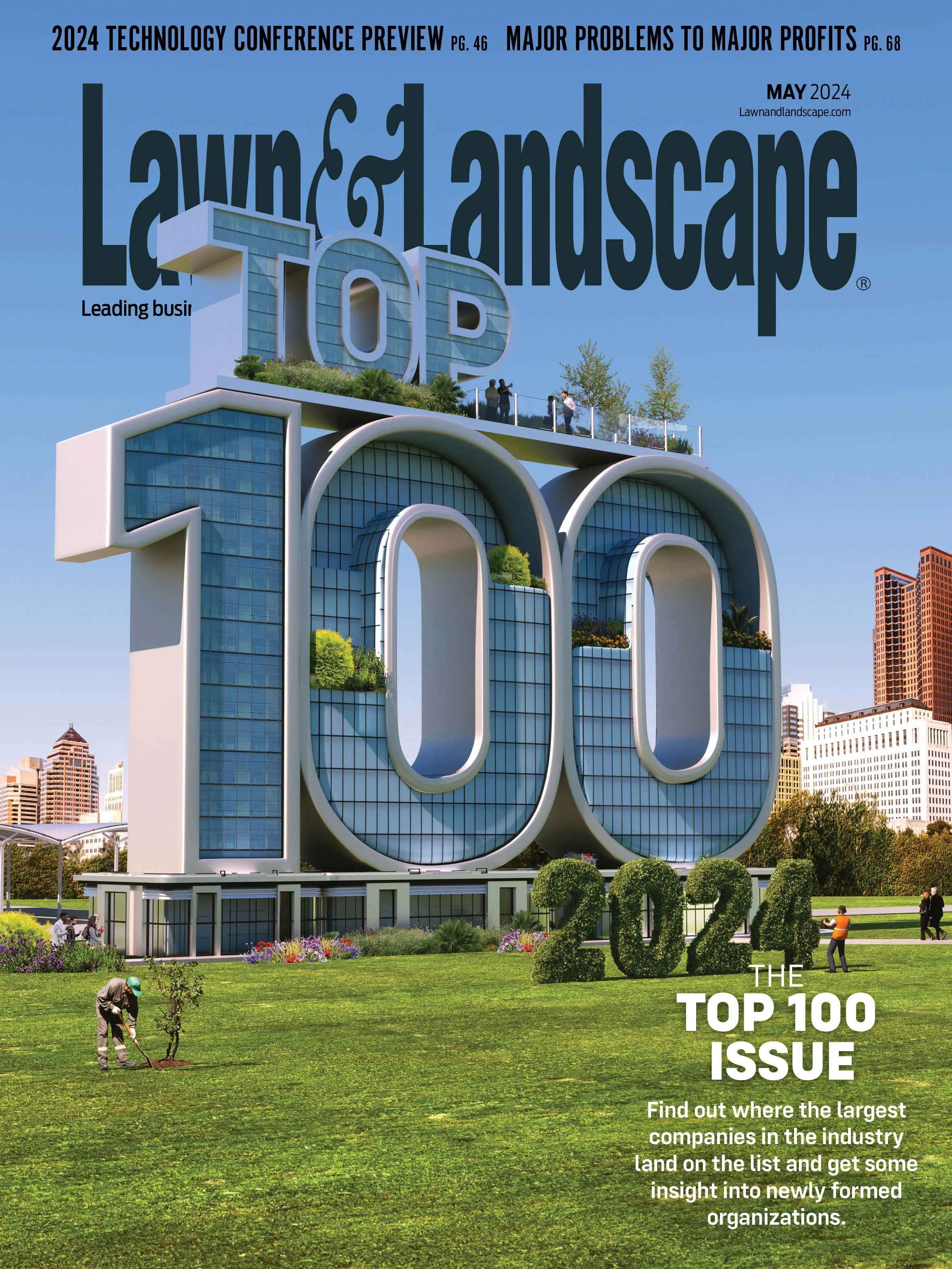
“You will always fall to your level of communication, not rise to your level of knowledge.” Have you ever felt like you know the plan in your head, but for some reason, it’s hard to get your team engaged around a new idea? This often happens because if communication falls short, no matter how good your plan is, the team will struggle to reach their full potential.
Effective communication is more than just exchanging information; it's about understanding the person or people you are talking with and their intentions. Whether you are asking for a raise, trying to close a sale or getting your team excited about a new change, communication will often be the bottleneck that holds you back from reaching your full potential. In this article, we'll explore fundamental communication strategies that can transform your team from a group of individuals working next to each other into a cohesive unit thriving toward common goals.
Be aware of your communication strengths and weaknesses
We all have communication strengths and weaknesses, and being aware of these is the first step toward improvement. Recognizing your common mistakes allows you to proactively work to mitigate these issues, enhancing how you interact with others.
Be present
In our technology-driven world, being truly present in conversations can be challenging. Distractions like phones and computers can undermine our interactions. However, being fully engaged not only shows respect to your conversation partners, but it also improves the quality of communication.
Listen to understand
Many misunderstandings arise from not listening to understand. A useful technique is to repeat back what the other person has said in your own words, confirming your understanding. This approach not only clarifies communications but also uncovers any underlying concerns or questions that need addressing.
You don’t have to be the smartest person in the room
When leading a meeting, focus on adding context and warmth to the conversation rather than dominating it. This approach, often called being a "genius maker," helps boost your team’s confidence and fosters a more collaborative environment.
Holding regular 1-on-1 meetings
Effective communication requires regular interaction. Instead of waiting for a monthly team meeting, hold weekly one-on-one meetings with direct reports. This ensures that issues don't simmer for too long without being addressed and helps keep the lines of communication open.
Takeaway
Mastering these techniques won’t happen overnight, but even adopting just a few can significantly enhance your ability to lead and grow your team. As you implement these strategies, watch for improvements in your team’s dynamics and overall effectiveness. Remember, effective communication is a continuous journey, not a destination.

Explore the May 2024 Issue
Check out more from this issue and find your next story to read.





